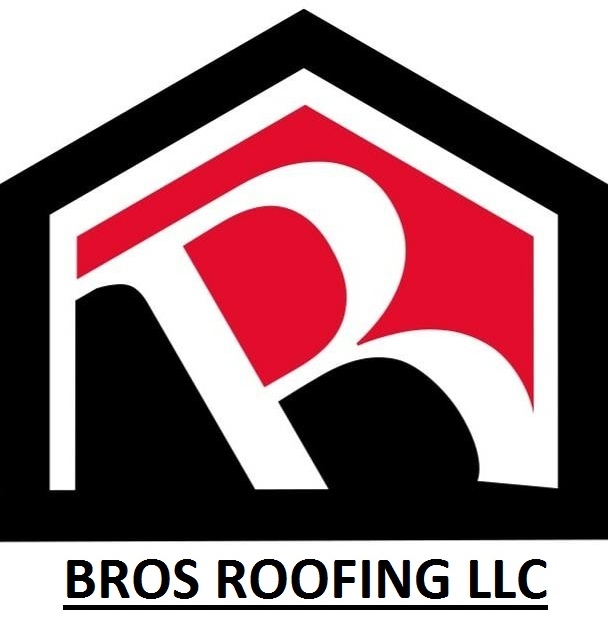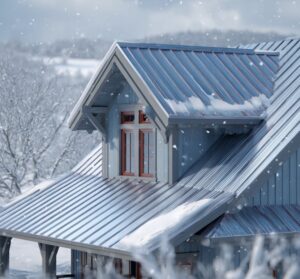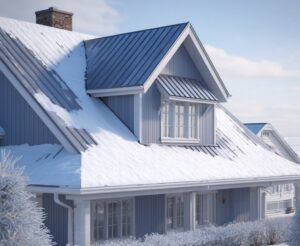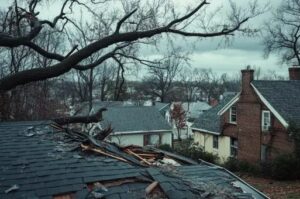Colorado living comes with some serious perks like mountain views, crisp air, and 300 days of sunshine. But it also means your home faces challenges that homeowners in milder climates rarely think about. High winds, sudden temperature swings, heavy snow, and intense UV rays are all part of the package when you live at elevation.
Your roof is your home’s first line of defense, so choosing a style that can handle Colorado’s unique conditions isn’t just a matter of curb appeal—it’s about protecting your investment for the long haul. Some roofs simply stand up to the challenge better than others.
Whether you’re building new, replacing an older roof, or just daydreaming about your next upgrade, here are five roof styles that can handle the high-altitude test.
1. Gable Roofs (With Proper Reinforcement)
Gable roofs—those classic triangle shapes—are one of the most popular roof designs in the country. They shed snow easily, offer great ventilation, and give homes that timeless, all-American look.
In Colorado, however, gable roofs need a little extra care to perform well. Without reinforcement, they can catch high winds like a sail. When built with proper bracing and high-quality materials, though, they’re more than capable of standing up to gusty weather and heavy snowfall.
Best For: Homes in areas with moderate wind and significant snow.
Pro Tip: Choose impact-resistant shingles to protect against hail and flying debris.
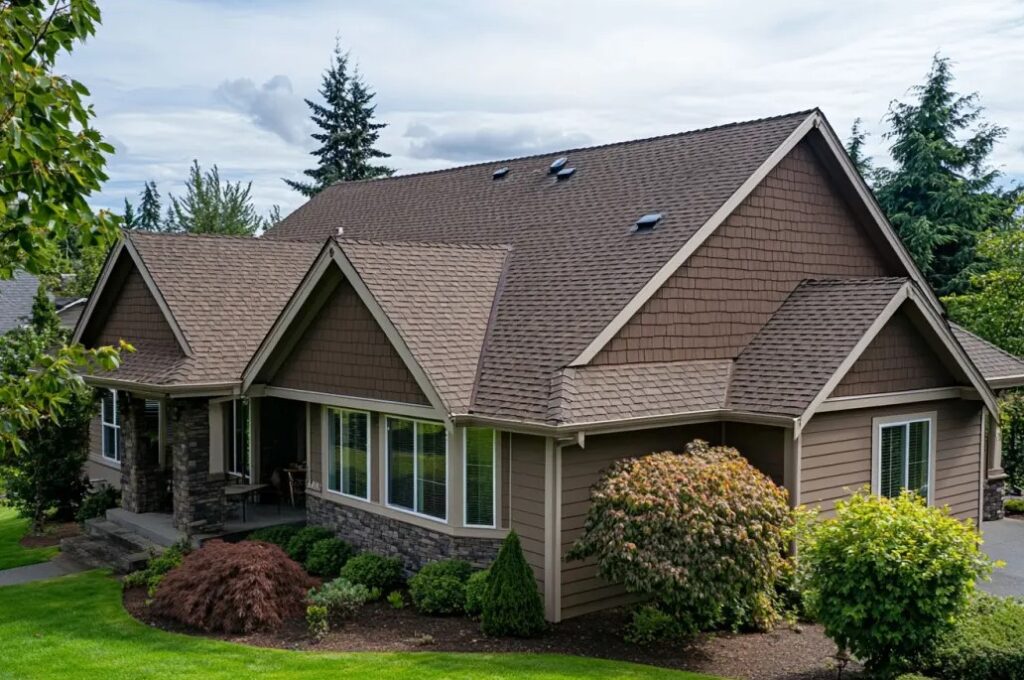
2. Hip Roofs
If you want a design that laughs in the face of high winds, the hip roof is your best friend. All four sides slope downward, which means wind moves over the roof more smoothly without catching large flat surfaces. This shape also makes them more stable under heavy snow loads—perfect for mountain living.
Hip roofs tend to cost a little more than gable roofs due to their complexity, but the extra stability is worth it in areas prone to storms. They also provide more eaves for shade and better water runoff during spring rains.
Best For: High-wind areas and homes at higher elevations.
Pro Tip: Add a high-quality underlayment to protect against water intrusion from wind-driven rain.
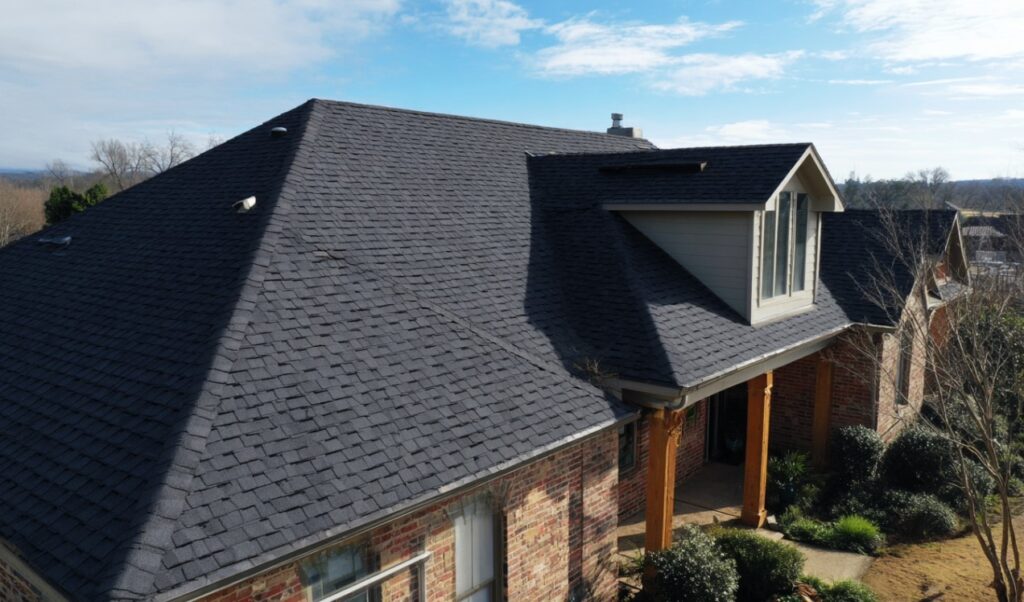
3. Mansard Roofs
This French-inspired style is both elegant and practical. Mansard roofs have two slopes on each side, with the lower slope being much steeper than the upper. This design creates extra living or storage space in the attic while offering great durability in variable weather.
While not as common in Colorado as gable or hip roofs, a well-built mansard roof can handle high winds if constructed with strong materials. The steeper lower slope also sheds snow quickly, which helps prevent heavy accumulation.
Best For: Homeowners who want both style and usable attic space.
Pro Tip: Consider metal or high-grade composite materials for the upper slope to maximize durability.
4. Saltbox Roofs
Saltbox roofs have an asymmetrical design with one short side and one long, sloping side. Originally popular in colonial New England for their ability to shed snow and rain, saltbox roofs also hold up well against wind when built with quality materials.
Their unique slope helps direct wind upward and away, making them a good choice for areas where gusts are a regular occurrence. Plus, the design adds an architectural twist that stands out from the standard roofline.
Best For: Homes in windy, snowy regions looking for a distinctive style.
Pro Tip: Pair the design with reinforced rafters for extra stability at higher elevations.
5. Flat Roofs (With a Modern Twist)
While you might not think “flat” equals “wind-resistant,” modern flat roofs—often slightly sloped for drainage—can perform exceptionally well in Colorado when properly engineered. Their low profile means there’s less surface area for wind to grab onto, and today’s materials are designed to handle everything from UV exposure to snow buildup.
Flat roofs are especially popular for contemporary and mountain-modern homes. They also make great spaces for rooftop decks or solar panel installations. The key is proper drainage and waterproofing to prevent pooling water during snowmelt or spring storms.
Best For: Modern designs and homes with rooftop living spaces.
Pro Tip: Use a high-quality membrane system to ensure year-round waterproofing.
Choosing the Right Roof for Colorado Living
While these five roof styles all have strong track records in Colorado’s climate, the best choice for your home will depend on your exact location, elevation, and exposure to wind and snow. Working with a local roofing expert ensures your roof is not only stylish but also structurally prepared for the conditions it will face year after year.
It’s not just about picking a shape you love—it’s about making sure it’s built to last. Reinforced framing, the right materials, and high-quality installation all play critical roles in how well your roof stands up to Colorado’s unique weather challenges.
Protect Your Home with a Roof Built for Colorado’s Conditions
Your roof does more than top off your home—it shields your family, belongings, and investment from some of the harshest weather in the country. Choosing a roof style that can handle Colorado’s wind and elevation isn’t just smart, it’s essential for long-term peace of mind.
If you’re ready to repair, replace, or upgrade to a roof that can handle Colorado’s toughest days, contact Bros Roofing in Grand Junction, Colorado. Their experienced team understands the demands of high-altitude living and will help you choose and install a roof that’s as durable as it is beautiful. From initial inspection to final installation, they’ve got you—and your home—covered.
